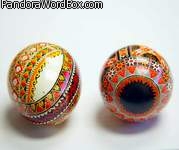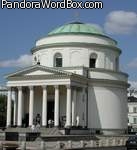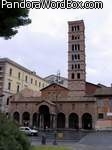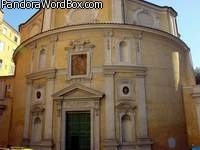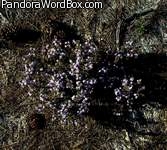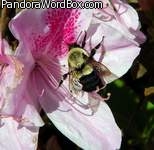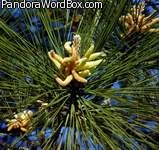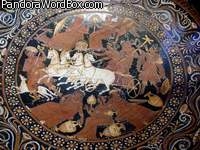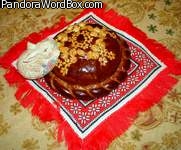Our websites offer information mostly for educational purposes with no intent to alter health care protocols nor to serve as a sole source of medical information.
Always seek the advice of your local health care provider.
|
×  Get the Point! PAIN – WOMAN – UKRAINE – PUTIN MOTHER – SISTER – SPOUSE – MOTHER RUSSIAN WAR – HOLOCAUST – GENOCIDE |
HAPPY EASTER
East Estrogen Yeast
Cera Ceres Cereal Cerebrum Cybele Cybernetic
Pascha Paschal Passover Ramadan Yolk Egg Oocyte Ovum Ovary
When we observe the holiday of Easter, it is perhaps wise to ponder over its roots and meanings to fortify our awareness regarding how life and all living are sacred.
EASTER has roots in the EAST, or LEVANT, and represents a resuscitation of life or SPRING. Celebrants of many cultures and religions rejoice in sharing flowers, decorated eggs, Easter breads, and bunnies, all symbols of fertility. Once Easter was related to DEMETER, CYBELE, and CERES, names among many others, for spring personified.
German and other enthusiasts of achievements by northern European peoples like to stress proposed links of Easter with Germanic legends. Such pride is reflected in a stream of terms inclusive of Eastre, Eostre, Oester, Ostera, and Austro, giving rise to Osterreich and Austria. In any case, Easter is a celebration rooted many centuries before Christianity.
In 2017, Easter almost coincided with the 31st anniversary of the greatest man-made disaster, Chornobyl. Since then, there has been another Chornobyl-like disaster - Fukushima. It is as if a Biblical warning was realized not once but twice - and the waters turned bitter (Chornobyl is the name of a plant that turns waters bitter and black) and fire rained from the sky (radioactivity).
Easter is connected with the VERNAL EQUINOX, which often falls on March 25th. In the calendar, ephemeresis (ephemeral) or almanac terms, Easter once marked the new year. In fact, it was so in France and Venice until the 16th century.
Temples for Ceres often were round.
Cybele was often represented as having a round figure or being pregnant
Cybele was often represented as having a round figure or being pregnant
EASTER, once known as EASTRE or EAOSTRA, suggests a link to ESTRus and ESTRogen, which denotes feminizing hormones related to mating and fertility. DEMETER and CYBELE were honored by festivities with elements similar to those of modern Easter - a period of purification - elements of sacrifice, blood, death - and a culmination in a joyful banquet on March 26th or the vernal equinox, which marks the arrival of spring.
The popularity of EASTRE disturbed early the Christian clergy who failed to degrade the popularity of this celebration of the re-birth of life - the early clergy opted to call a Council held in Nicea and since 325, the clergy celebrates the resurrection of Lord Jesus as Easter - the date was fixed to the first Sunday after a full moon that followed the vernal equinox. A similar motive was another edict declaring that the birthday or nativity of Jesus Christ was to coincide with another popular ancient feast, the birthday of MITHRA, on December 25th - the clergy declared that such a date was to become the feast of Nativity or Christmas. At the time, Mithra and Mithraism were more popular than emerging Christianity.
The ancients prepared for Easter during February or Februa, terms meaning purification now referred to as LENT. The end of LENT occurs when slowly or LENTamente in Spanish, daylight LENgthens to a point when it is as long as night (nox). The EQUIvalence of day and night is a mark of the VERNAL EQUINOX and the arrival of SPRING. The Nicea edict moving the date of Easter forward added elements based on the moon cycle, perhaps from an awareness that the moon influences fertility as denoted by ideas in MONTH or MENS, MENStruation, and in EASTER or OISTROS, EASTRUS, ESTRUS, and ESTROGEN.
Easter exposes how Medicine and Biology are linked with Arts and Humanities. Clearly, EAST, EASTER link to YEAST and to LEAVEN, enLIVen, LIVen, LEVant, eLEVate, LIVing, LIVER, LIVE, LIFE, LEAF, LEVity, LEVitate and LEAF, LUNG, topics relegated to future explorations. Now it may be more timely to remain focused on poetic roots about the mysteries of life SPROUTING in SPRINGing.
Persephone introduces Spring Fever
EASTERN or LEVANT cultures contributed to the magnificent EASTER traditions of Europe. In Ukraine, artistically decorated easter eggs, Babkas. Baba means grandmother, as well as tall round leavened Easter cakes and in earlier times - Baba or Baubo - pointed to an old woman who succeeded to make Ceres smile when she was desperate for the loss of her daughter Persephone. It was Venus who pleaded with Hades who kidnapped Persephone to release her for a visit to this earth - he did, and with the arrival of Persephone, Ceres ended her curse rendering the earth sterile. With this trio reunited - Ceres, Persephone and Venus, new life sprang to the joy of humanity. It was Ovid who said:
"...all Things are Ceres Gifts ... "
Spring is a time for celebrations of the mysteries of new live, arising regardless of being called EASTER, PASKHA, PASSOVER, or RAMADAN.
20220328 ww



